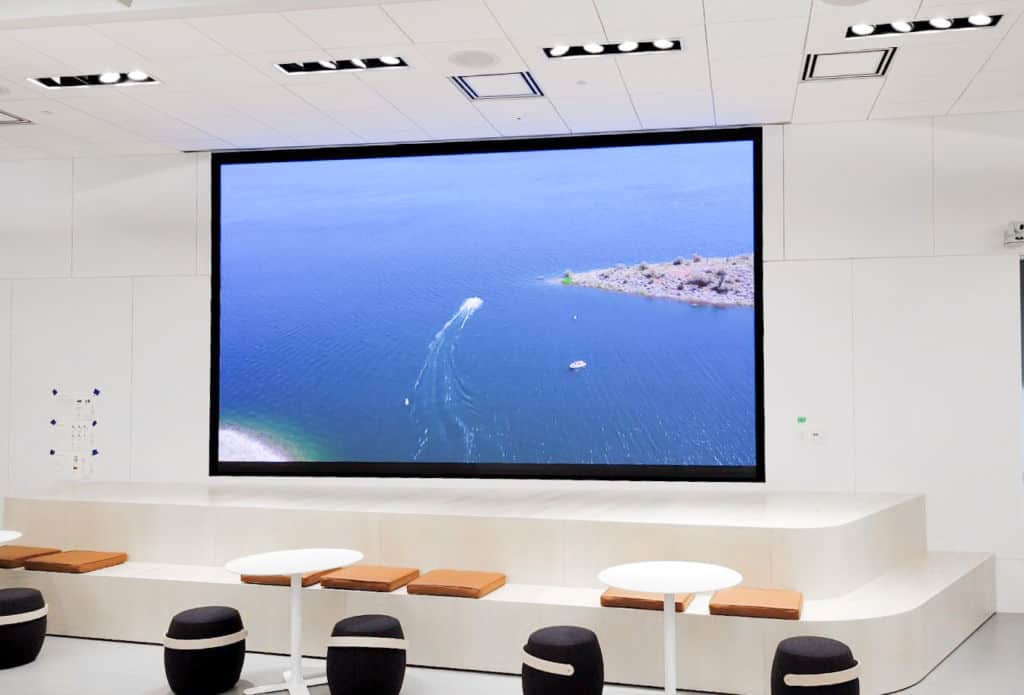Comprehending the Typical Causes of Light Emitting Diode Panel Display Malfunction
Wiki Article

Light Emitting Diode panel panels are commonly used in various environments, ranging from advertisements to residential theaters. These panels are favored because they provide bright and dynamic visuals while being energy-efficient. However, like all digital gadgets, LED wall panels can encounter malfunctions. Understanding the frequent reasons of these failures is important for maintaining their functionality and guaranteeing longevity. This article examines several key factors that can contribute to the failure of LED panel panels.
One of the most common reasons of malfunction in LED wall screens is excessive heat. LED technology generates heat during operation, and if this heat is not adequately controlled, it can harm internal components. Poor ventilation or inadequate cooling mechanisms can worsen the issue. When the temperature increases beyond the suggested levels, it can result to reduced brightness, color distortion, or total failure of the panel. Regular care, including dusting air vents and ensuring proper ventilation, can assist avoid overheating and extend the life of the panel.
Another major cause leading to LED panel screen failure is power surges. Variations in the electric supply can result in harm to digital parts within the panel. Sudden spikes in voltage can lead to blown fuses or damaged circuits, resulting in non-functional screens. Using voltage safeguards and voltage controllers can reduce this threat by stabilizing the electricity supply and protecting sensitive electronic parts. Making sure that the power infrastructure is up to standard and able of handling the power needs of the panel is also essential.
navigate here Environmental conditions play a crucial role in the functionality of LED panel screens. Contact to harsh temperatures, moisture, or debris can negatively impact their operation. For instance, high humidity can result to water buildup inside the panel, which can cause short circuits or corrosion of internal parts. Similarly, too much dust build-up can block ventilation and lead to overheating. Placing LED screens in regulated settings and regularly maintaining them can help maintain optimal performance and avoid failures.
Additionally, production flaws can lead to early failures in LED panel screens. Quality assurance during production is essential to guarantee that each screen meets industry standards. Defective components or poor click to read more assembly can result in issues such as dead pixels or irregular brightness. It is important for consumers to purchase LED wall screens from trusted manufacturers that provide warranties and support. This guarantees that any possible defects can be addressed promptly, reducing downtime and annoyance.
In summary, understanding the common causes of LED wall panel failure can help users take preventive measures to guarantee their durability and performance. By addressing overheating, protecting against power surges, taking into account external conditions, and selecting quality items, consumers can significantly minimize the chance of failure. Regular care and awareness of these factors will lead to a better performance with LED panel screens, whether for personal or professional use.